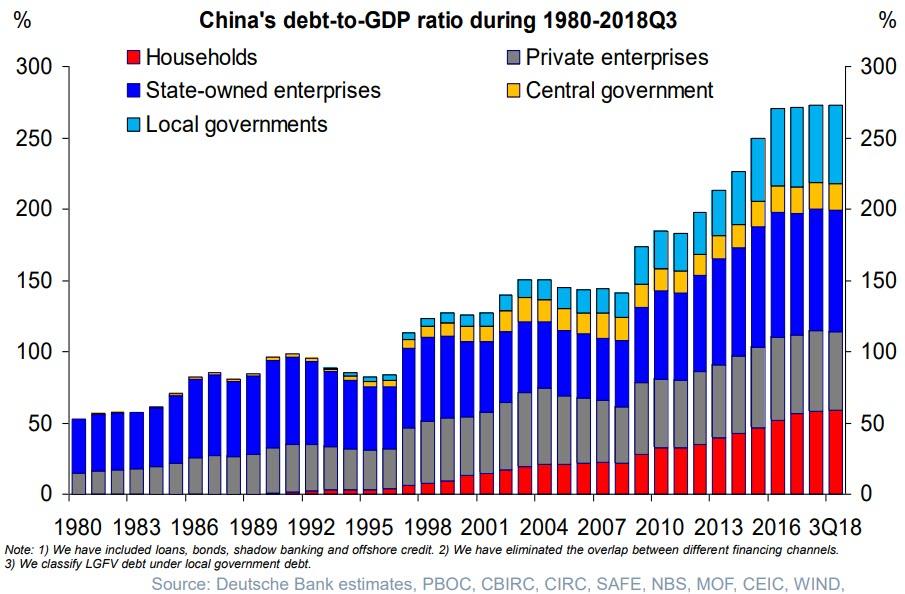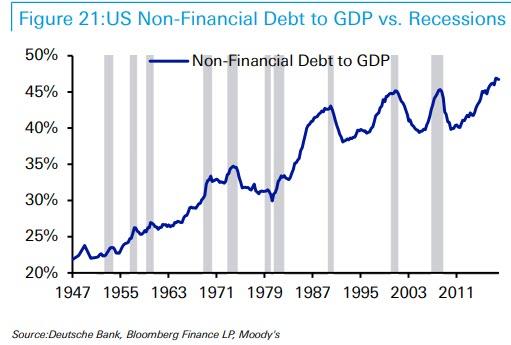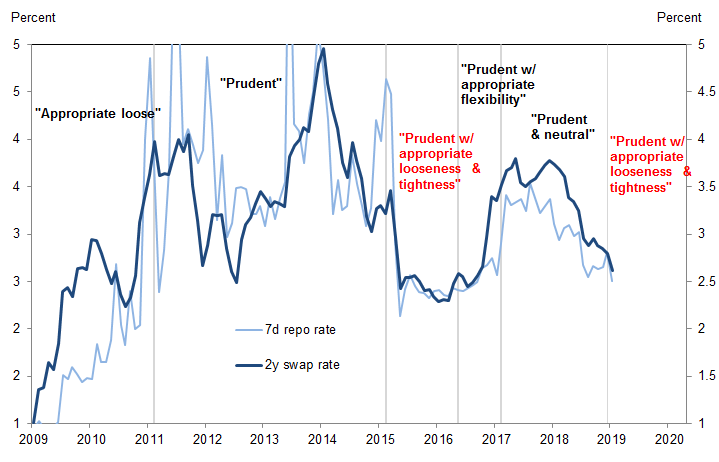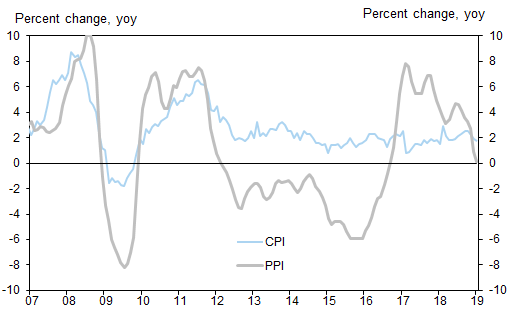Those of us who closely follow the credit cycle should not be surprised by the current slide in equity markets. It was going to happen anyway. The timing had recently become apparent as well, and in early August I was able to write the following:
“The timing for the onset of the credit crisis looks like being any time from during the last quarter of 2018, only a few months away, to no later than mid-2019.” [i]
The crisis is arriving on cue and can be expected to evolve into something far nastier in the coming months. Corporate bond markets have seized up, giving us a signal it has indeed arrived. It is now time to consider how the credit crisis is likely to develop. It involves some guesswork, so we cannot do this with precision, but we can extrapolate from known basics to support some important conclusions.
If it was only down to America without further feed-back loops, we can now suggest the following developments are likely for the US economy. Warnings about an economic slowdown are persuading the Fed to soften monetary policy, a process recently set in motion and foreshadowed by US Treasury yields backing off. However, price inflation, which is being temporarily suppressed by falling oil prices, will probably begin to increase from Q2 in 2019. This is due to a combination of the legacy of earlier monetary expansion, and the consequences of President Trump’s tariffs on consumer prices.
After a brief pause, induced mainly by the threat of an unstoppable collapse in equity prices, the Fed will be forced to continue to raise interest rates to counter price inflation pressures, which will take the rise in the heavily suppressed CPI towards and then through 4%, probably by mid-year.
…click on the above link to read the rest of the article…









 Money from thin air going back whence it came from – circling the drain of a ‘no reinvestment’ black hole strategically placed in its way by the dollar-sucking vampire bat Ptenochirus Iagori Powelli.
Money from thin air going back whence it came from – circling the drain of a ‘no reinvestment’ black hole strategically placed in its way by the dollar-sucking vampire bat Ptenochirus Iagori Powelli.


